Motorola, Sony Ericsson explain to customers why they won't get the new Android 4.0 for months
Motorla Mobility and Sony Ericsson have issued lengthly explanations offering various reasons why their customers won't receive updates anytime soon to Google's Android 4.0 Ice Cream Sandwich, which was made available in a generic form three weeks ago.
The explanations highlight a major difference between Apple's integrated iOS software and Google's broadly licensed Android platform.
Open like Windows, if it were only launched by Dell
"Like you, we are excited to see that Google released the source code to Android Ice Cream Sandwich (ICS)!" Motorola stated in a blog posting.
"There are many steps and processes that go into Ice Cream Sandwich in a way that works for the carrier and for you," Motorola states, adding, "once source code is released from Google, it doesn’t automatically update to your device."
Both Motorola and Sony Ericsson are members of the Open Handset Alliance tasked with developing Android, and therefore might be understood to be privy to the development of the latest Android release before its final appearance. However, Motorola explains that "each new version of Android launches with one device partner, in what is called the 'Google Experience Device' or GED, the showcase device for a new Android release."
A very short list of Motorola's Android 4.0 updates
Outside of the launch partner, other members of the Android community only gain "access to the Android source code as its [sic] made public shortly after," Motorola explains. Now that has happened, the company says it is "currently assessing this source code, and over the next month we will be determining which devices will get the upgrade and when."
Android licensees' lists of supported devices that will get updates to the latest release of Android typically only involve very recent, new devices. In Motorola's case, it only notes the Droid RAZR, Droid Bionic and Xoom tablets as its current targets for Android 4.0 Ice Cream Sandwich.
This excludes the once highly touted Motorola Atrix 4G that was launched alongside Apple's iPhone 4 last year, along with the also relatively new and widely sold Droid 2, Droid X and X2 models, all of which will be stuck with last year's Android 2.3 Gingerbread. The original Droid/Milestone, which arrived a few months after Apple's iPhone 3GS, is stuck on Android 2.2 Froyo, an even older release.
Sony Ericsson similarly noted that the release of Android 4.0 "meant the start of an intensive period for the engineers at Sony Ericsson, in order to create a working, stable and certified software release of Ice Cream Sandwich for our 2011 Xperiaâ„¢ phones."
That excludes support for Sony Ericsson's Xperia X10, released in the US last fall with specs similar to the iPhone 4. It will be stuck with Gingerbread, but as Wikipedia notes, "Since the Android 2.3 (Gingerbread) update the phone has suffered a stuttering in play or streaming of music regardless of file association. The only solution currently is to root your phone and apply a patch located on the XDA developers forum. Sony refuses to acknowledge the problem and have as of late offered no solution to this bug."
This fractionalization of the Android platform means that developers have few reasons to incorporate support for features in the latest version of Android, because most Android users are still using a version that's over a year old (according to Google). As of December 1, half of the traffic visiting Android Market is still using last winter's 2.3.x Gingerbread, while more than 45 percent is using an even older version.
The long road to releasing Android 4.0
For the few models it chooses to support with an update, Motorola says it must spend some time incorporating support for unique hardware involved in its products, including the specific processors, GPUs and other chips that are not natively supported in the generic Android release.
"This is also the time when we begin integrating all of the Motorola-specific software enhancements into the source code," the company adds. " Features like MotoCast, Smart Actions, and our comprehensive enterprise solutions are integral parts of our device experiences, and we want to make sure we continue delivering differentiated experiences for our consumers with these software upgrades."
Some of Motorola's additional software has had the side effect of breaking Android's permissions-based security system, although not nearly as bad as HTC and Samsung's additional software, which researchers note has opened up the ability for rogue apps to steal private, data, track users' precise locations, wipe the phone entirely, or record calls and send paid SMS messages.
Carriers add more months to Android rollouts
Once an Android licensee has finished working out release bugs to an acceptable level, it releases its hardware-specific updates to the mobile carriers, which have to test and certify the updates, something that Motorola says can involve "a two-month preparation cycle to enter a carrier lab cycle of one to three months."
"Contrary to what people may think," Sony Ericsson states, "it is not the Bring up phase [adding vendor hardware and software customizations], but the Certification and approval phase that is the most time consuming process when it comes to getting a new software release out on our phones.
"This is one of the major tasks that are legally required from us as phone manufacturer, but is a task that the custom ROM community doesn’t have to take into consideration. Furthermore, by putting all this efforts into testing and certification, we ensure that quality and conformance is at a top level, in benefit for all consumers worldwide."
 Daniel Eran Dilger
Daniel Eran Dilger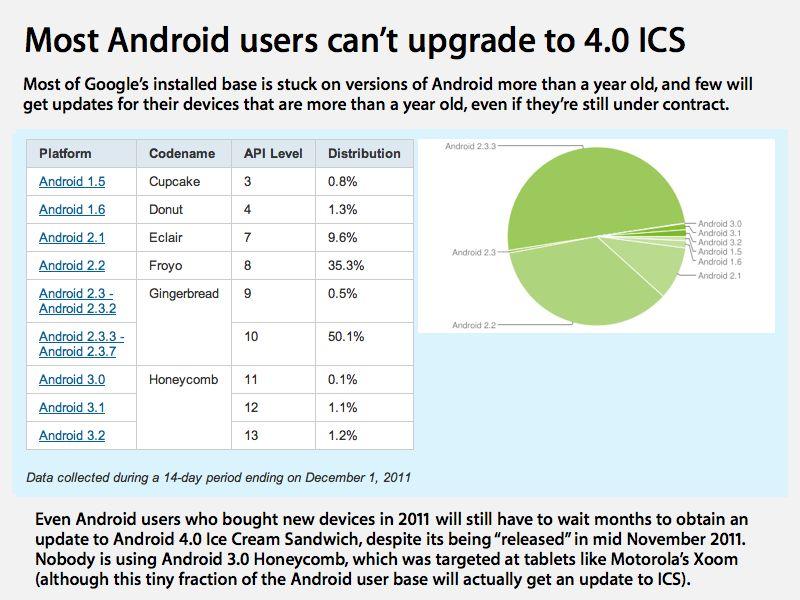
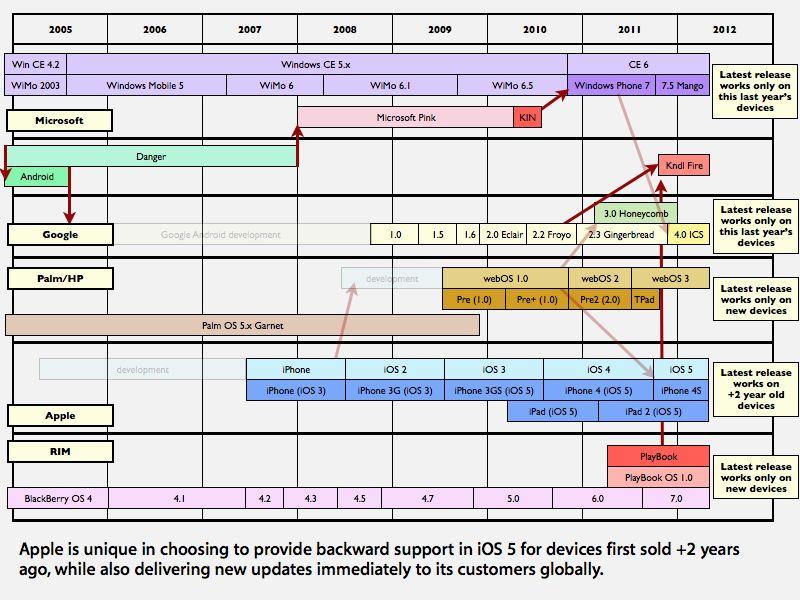
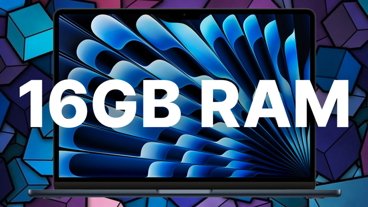
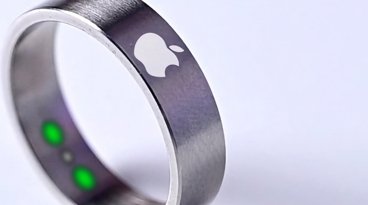
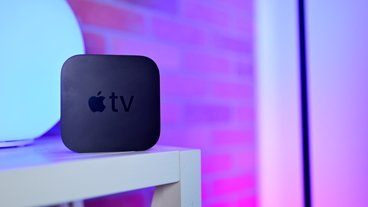

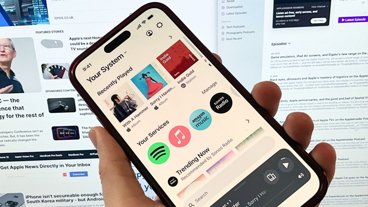


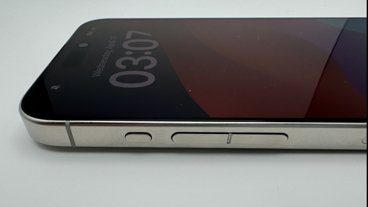
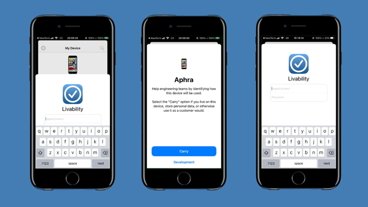
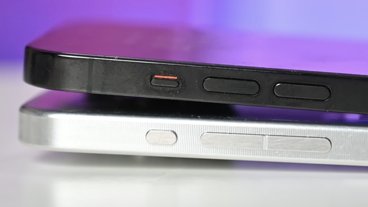
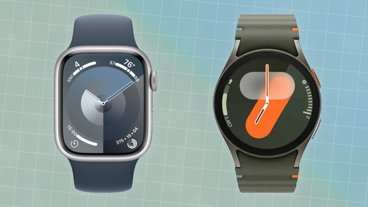
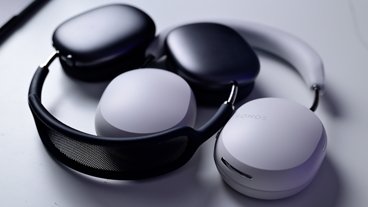
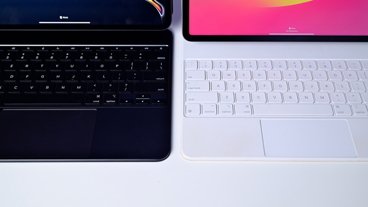
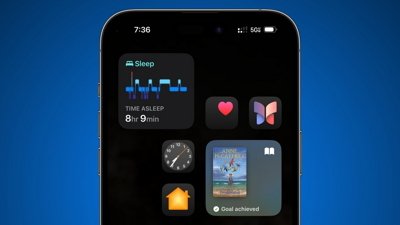
 Amber Neely
Amber Neely
 Thomas Sibilly
Thomas Sibilly
 AppleInsider Staff
AppleInsider Staff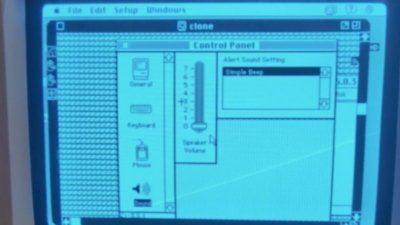
 William Gallagher
William Gallagher
 Malcolm Owen
Malcolm Owen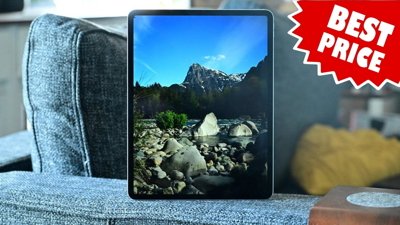
 Christine McKee
Christine McKee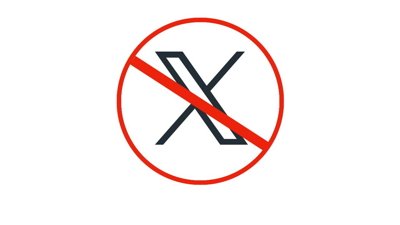
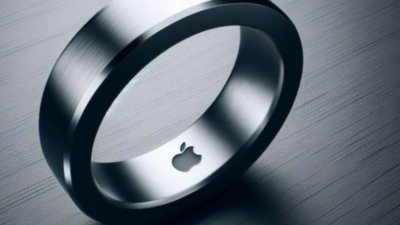
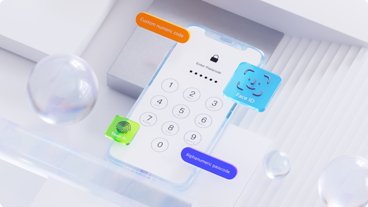
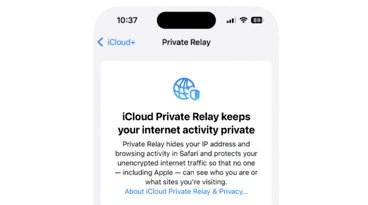

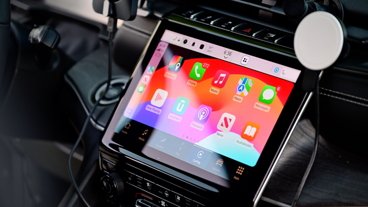
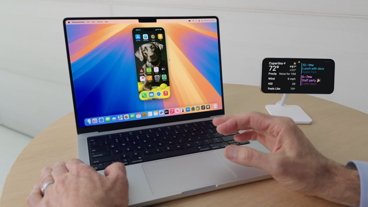


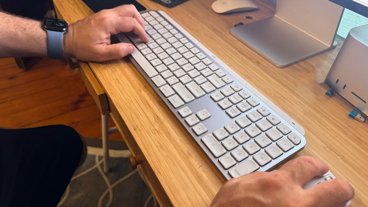

67 Comments
How dissappointing! I read through specifically to see the complaints about DED only to find out that I got to the party too early...
"Motorla Mobility and Sony Ericsson have issued lengthly explanations offering various reasons why their customers won't receive updates anytime soon..."
The hidden cost of "free."
Cue the fan boi's in 5....4...3...2...oh wait you'll still have to wait
Good article!
Android is a freaking mess and a complete nightmare, and this is just one more reason why. I doubt that their user base really cares though.
It makes sense. Google is not as vertically integrated from silicon to the UI as Apple is. Just releasing ICS means handset makers and carriers get to start their integration work, and they can decide which handsets will officially get support for ICS. It's a different ecosystem. I'm sure those able to root their phone enjoy being first to load ICS on their non-supported handset, more or less for geek bragging rights. Meanwhile, ordinary users (non-geeks) wonder what all the fuss is about.